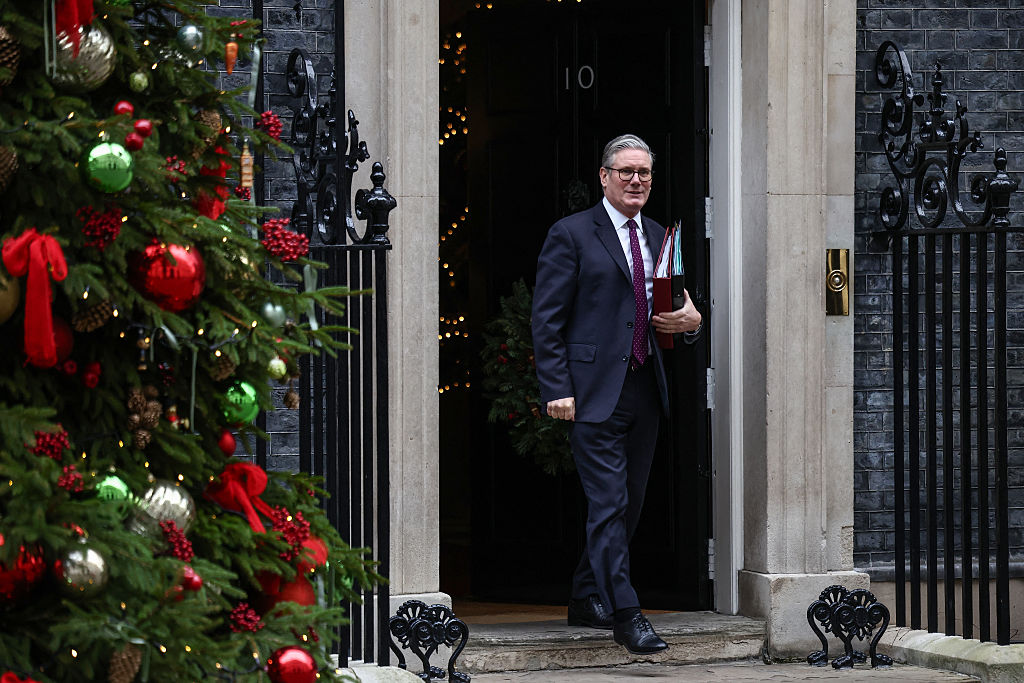Fees reform comes with sting in the tail
The demise of the performance fee is welcome, says Tim Bennett. But make sure you are clear on how it will be clawed back before buying a managed fund.
As 2013 draws ever nearer, more and more funds are simplifying fee structures to appease a regulator that will want to see much greater transparency. Performance fees in particular are gradually being culled. But while this is good news for investors, the move comes with a sting in its tail.
Last week, Standard Life's Harry Nimmo, who runs its Smaller Companies Investment Trust, agreed to give up his performance fee of up to 0.6% a year. He joins a list of managers working for fund houses such as BDT Invest, Kames, Waverton and F&C, who are dropping such fees. This follows what Steve Johnson in the Financial Times calls a "backlash from independent advisers and mounting evidence that their introduction has failed to lift returns for investors".
We certainly won't be sad to see them go. In theory, the idea is sound you align the interests of fund managers and investors by linking part of a manager's rewards to the performance of the fund. It's an idea that's long been popular in the hedge-fund industry. Hedge funds came up with the now infamous '2 & 20' fee structure, where a good manager could pocket a 2% annual management fee and 20% of any extra returns over a chosen benchmark.
MoneyWeek
Subscribe to MoneyWeek today and get your first six magazine issues absolutely FREE

Sign up to Money Morning
Don't miss the latest investment and personal finances news, market analysis, plus money-saving tips with our free twice-daily newsletter
Don't miss the latest investment and personal finances news, market analysis, plus money-saving tips with our free twice-daily newsletter
In the mainstream open-ended investment fund world of unit trusts and OEICs, performance fees have tended to be lower, but the principle is similar. But in all cases there's a problem how do you separate skill, which should be rewarded, from luck, which shouldn't? It's a question the industry has never successfully answered.
In the absolute-returns fund sector, 47 of the 74 funds have performance fees. They generated positive rolling monthly returns (ie, they made money) 62.1% of the time, according to fund rating service Lipper. That sounds all right until you realise that the percentage for funds with no performance fee is higher, at 63.5%. Worse, the funds with performance fees were riskier and more volatile.
The good news is that fewer mainstream funds now levy such fees. Lipper notes that of the 112 open-ended funds that charged a performance fee, only 80, or 3% of the total, do now. But watch out. To recoup the loss of any performance fee, the annual management charge is usually hiked in Nimmo's case, from 0.65% to 0.85%. You pay these whether a fund rises or falls in value. The message? The demise of the performance fee is welcome, but be clear on how it will be clawed back before buying.
Get the latest financial news, insights and expert analysis from our award-winning MoneyWeek team, to help you understand what really matters when it comes to your finances.
Tim graduated with a history degree from Cambridge University in 1989 and, after a year of travelling, joined the financial services firm Ernst and Young in 1990, qualifying as a chartered accountant in 1994.
He then moved into financial markets training, designing and running a variety of courses at graduate level and beyond for a range of organisations including the Securities and Investment Institute and UBS. He joined MoneyWeek in 2007.
-
 How to find lost shares
How to find lost sharesAre you due a windfall from the £2.5 billion of unclaimed shares and dividend payments? We show you how to be reunited with your cash.
-
 From DeepSeek to cash ISAs, see how you fare in MoneyWeek’s quiz of the year
From DeepSeek to cash ISAs, see how you fare in MoneyWeek’s quiz of the yearQuiz 2025 was a busy year for workers and investors alike. How much of this year’s news can you remember?